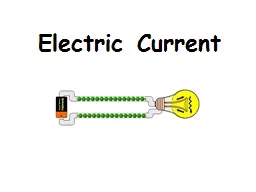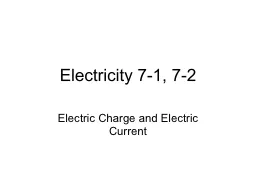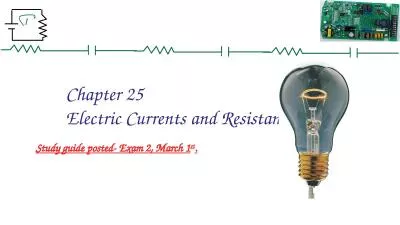PPT-Electric Current
Author : tatiana-dople | Published Date : 2017-04-15
The next few slides are not on your note They are just interesting Electric Fish Eels and Rays For humans we know that water and electricity are not good to mix
Presentation Embed Code
Download Presentation
Download Presentation The PPT/PDF document "Electric Current" is the property of its rightful owner. Permission is granted to download and print the materials on this website for personal, non-commercial use only, and to display it on your personal computer provided you do not modify the materials and that you retain all copyright notices contained in the materials. By downloading content from our website, you accept the terms of this agreement.
Electric Current: Transcript
Download Rules Of Document
"Electric Current"The content belongs to its owner. You may download and print it for personal use, without modification, and keep all copyright notices. By downloading, you agree to these terms.
Related Documents














